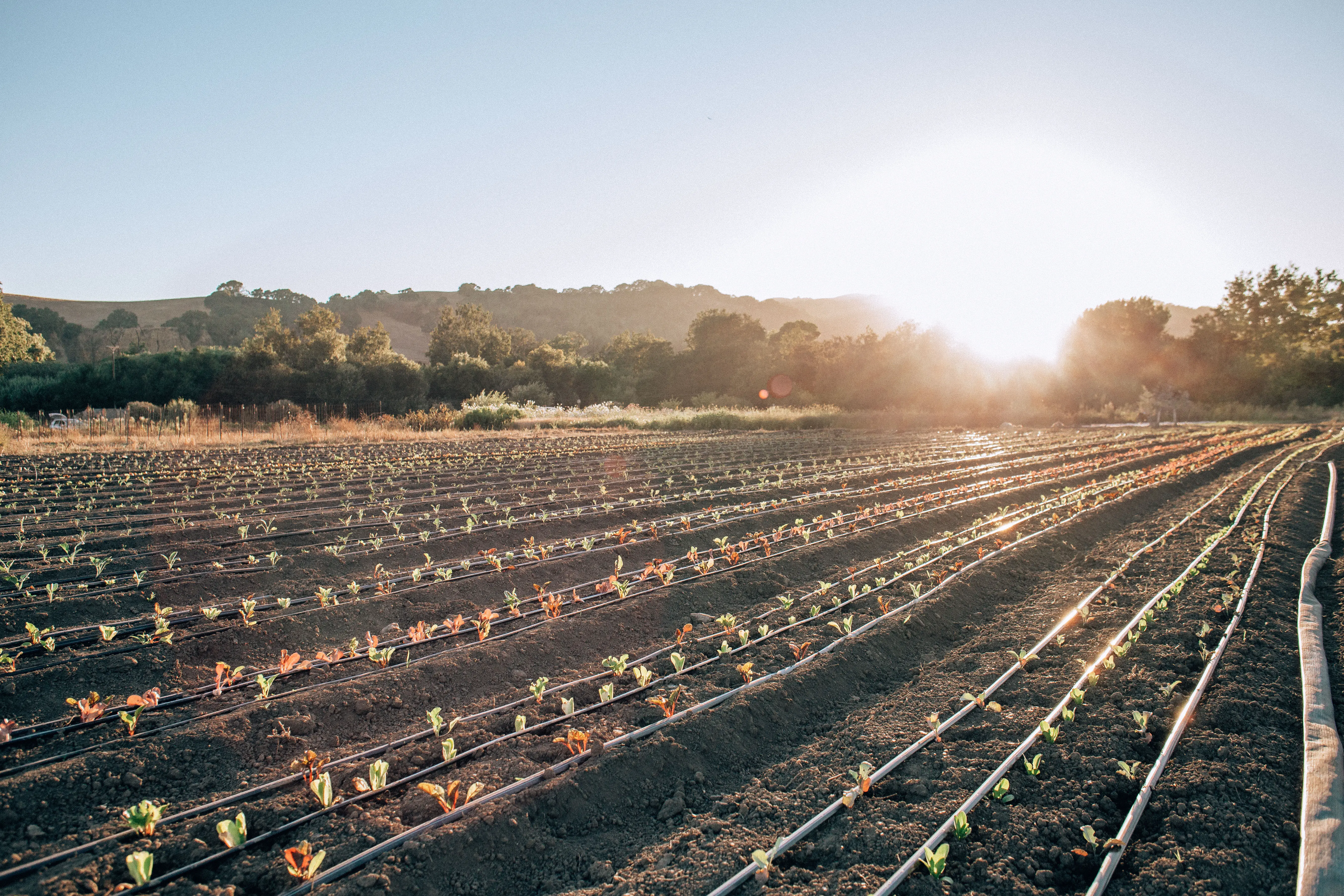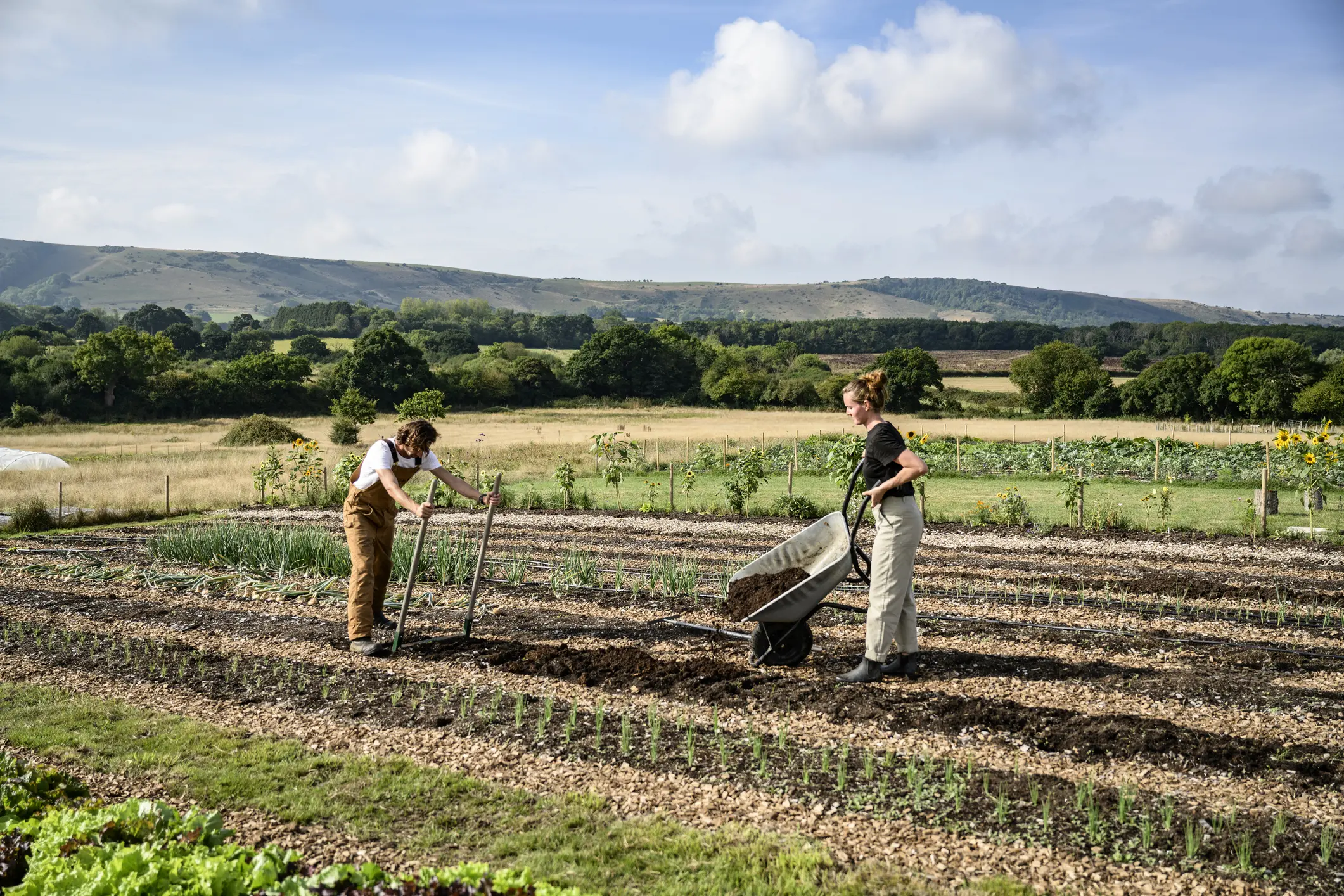In the ever-evolving world of farming, the conversation surrounding how to plow a field and the choice between tilling a field and adopting no-till practices is central to discussions among farmers and soil experts. This detailed guide explores the intricacies of both tilling the field and opting for no-till methods, shedding light on their effects on soil health, moisture retention, and the sustainability of farming operations.
The Debate: Tilling a Field vs. No-Till Farming
Tilling the fields, which involves the mechanical turning and breaking up of soil to prepare it for planting, is touted for its ability to manage weeds, create favorable seedbed conditions, and improve nutrient distribution. Despite these benefits, its detractors highlight issues such as increased soil erosion, reduction in organic matter, and harm to soil ecosystems.
On the other side, no-till farming, which avoids disturbing the soil, aims to preserve soil structure, boost moisture conservation, and support a rich biodiversity. This approach is celebrated for its erosion control, water conservation benefits, and potential in reducing the carbon footprint of farming activities.
Pros and Cons of Tilling a Field
Pros:
- Effective weed management by burying weed seeds beneath the surface.
- Breaks up soil compaction, promoting better aeration and root expansion.
- Aids in the thorough mixing of organic matter and soil amendments.
- Warms up the soil faster in spring, facilitating earlier planting.
- Can interrupt the lifecycle of certain pests and diseases by exposing them to the surface.
Cons:
- Risk of considerable soil erosion.
- Possible degradation of soil structure and reduction in organic matter.
- Disturbance to beneficial soil organisms and microfauna.
- Requires more fuel and labor compared to no-till, increasing operational costs.
- Can lead to the development of hardpan layers beneath the tilled layer over time, affecting root growth and water infiltration.
Pros and Cons of No-Till Farming
Pros:
- Improved soil moisture preservation, thanks to the retention of crop residues.
- Protection against soil erosion by maintaining an undisturbed soil framework.
- Accumulation of organic matter, boosting soil fertility.
- Strengthening of soil structure, which enhances water infiltration and root growth.
- Reduction in energy and machinery expenses due to minimal mechanical soil disturbance.
Cons:
- Potential for increased reliance on herbicides to manage weeds due to lack of physical weed control.
- Risk of pest and disease buildup over time as crop residues are not incorporated into the soil.
- May require specialized equipment and adjustments in farming practices, leading to initial learning curves and investment.
- Slow initial soil warming in spring, which can delay planting in cooler climates.
- Potential for compaction layers to develop over time if not managed properly.
How to Prepare a Field on a No-Till Farm
Preparing a field on a no-till farm involves several key steps to ensure soil health, moisture retention, and crop success without disturbing the soil structure. Here's a concise guide:
- Field Assessment: Evaluate the field to identify any existing issues such as pest infestations, weed pressure, or residue management needs.
- Residue Management: Manage crop residues from the previous season to ensure even distribution. This might involve light rolling or using specialized equipment to chop and spread residue evenly.
- Soil Testing: Conduct soil tests to determine nutrient levels and pH to tailor the nutrient management plan.
- Fertilizer and Amendment Application: Apply fertilizers and soil amendments as needed, based on soil test results. This could include broadcasting or banding near the planting zone.
- Weed Control: Implement an integrated weed management strategy that may include cover crops, herbicide application, and other pest management practices.
- Cover Crop Management: If cover crops were used, manage them appropriately before planting. This might involve crimping, rolling, or applying herbicides to terminate the cover crops without tilling.
- Planting: Use a no-till planter or drill that can place seeds at the desired depth and spacing directly into the undisturbed soil and residue.
- Post-Planting Management: Monitor the field for pests, nutrient deficiencies, or moisture issues. Adjust management practices as needed to ensure healthy crop growth.
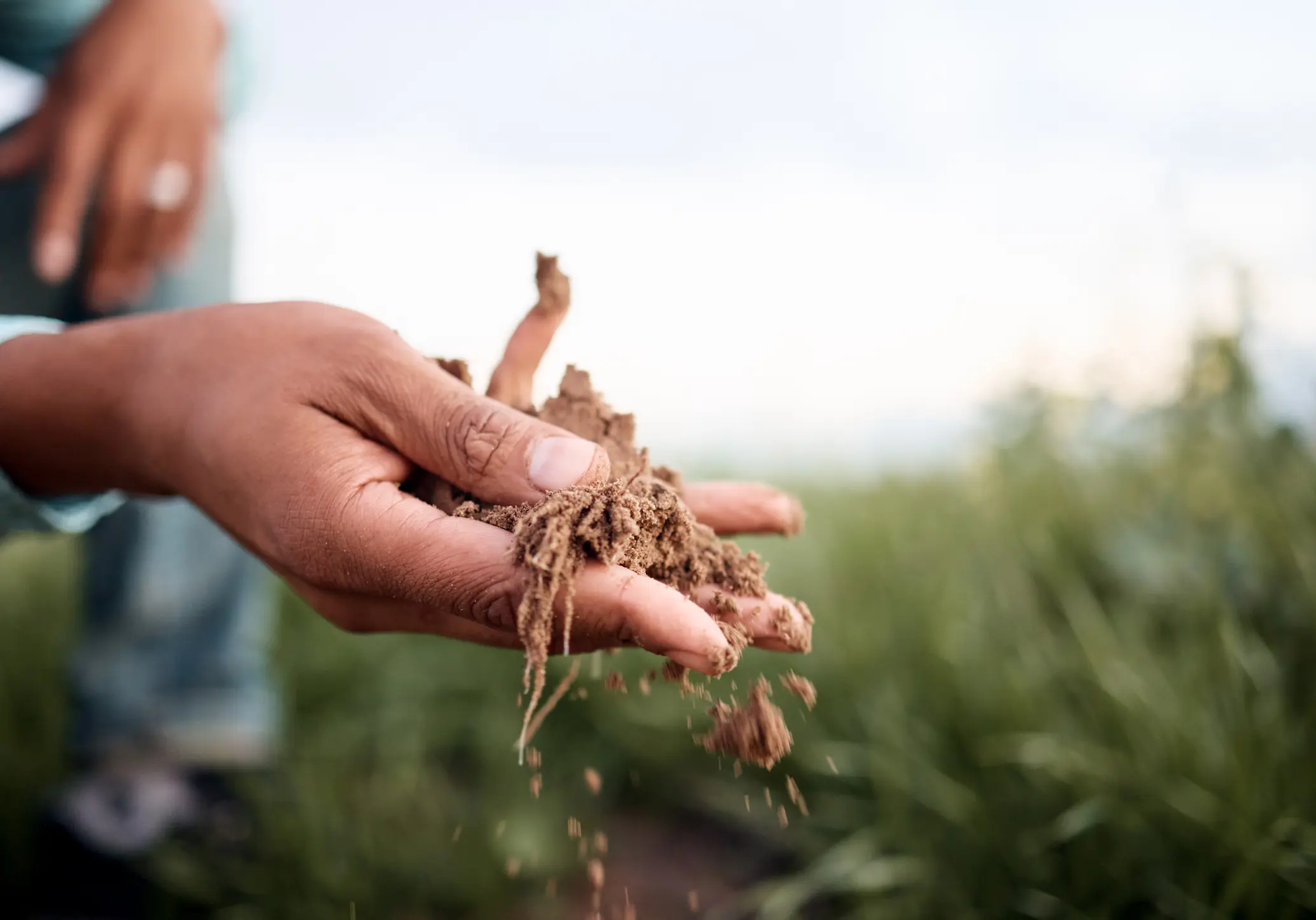
How to Prepare a Field with Tillage
- Assess the Field: Begin by evaluating the field's condition. Look for areas of compaction, weed presence, and any residue from previous crops.
- Select the Right Equipment: Choose appropriate tillage equipment based on your soil type and condition. Options include plows for primary tillage to invert soil and bury residue, and disk harrows or rototillers for secondary tillage to break up clods and smooth the soil.
- Set Your Equipment Properly: Adjust the depth and speed of your tillage equipment. Deep tillage can be used to break up compacted soil layers, while shallow tillage is often sufficient for incorporating residues and preparing seedbeds.
- Begin Primary Tillage: If using a plow, ensure it's set to the correct depth to turn over the soil and bury crop residues. This step helps in weed control and disease management by burying the previous crop's residues.
- Conduct Secondary Tillage: After primary tillage, use secondary tillage equipment like a disk harrow or rototiller to further break down soil clods, incorporate amendments, and create a fine, leveled seedbed suitable for planting.
- Incorporate Soil Amendments: Apply any needed amendments such as lime, fertilizer, or compost. Tillage helps in mixing these amendments thoroughly into the soil, enhancing nutrient availability for the upcoming crop.
- Smooth and Level the Field: Use a field cultivator or a harrow to smooth out the soil surface. This step is crucial for ensuring an even seedbed that facilitates uniform seed germination and growth
- Mark Rows and Plant: Depending on your crop, you may need to mark rows before planting. Ensure that your equipment is properly adjusted for the specific seed size and planting depth required.
- Monitor and Manage Weeds: Post-planting, keep an eye on weed emergence. Tillage can disturb weed seeds, causing them to germinate. Be prepared to manage weeds through appropriate cultural or chemical means.
- Assess Soil Health Regularly: Even with tillage, it's important to regularly test soil health and make adjustments to your management practices based on soil test results, including adjusting fertilizer applications and planning for future crop rotations or cover cropping strategies to maintain soil health.
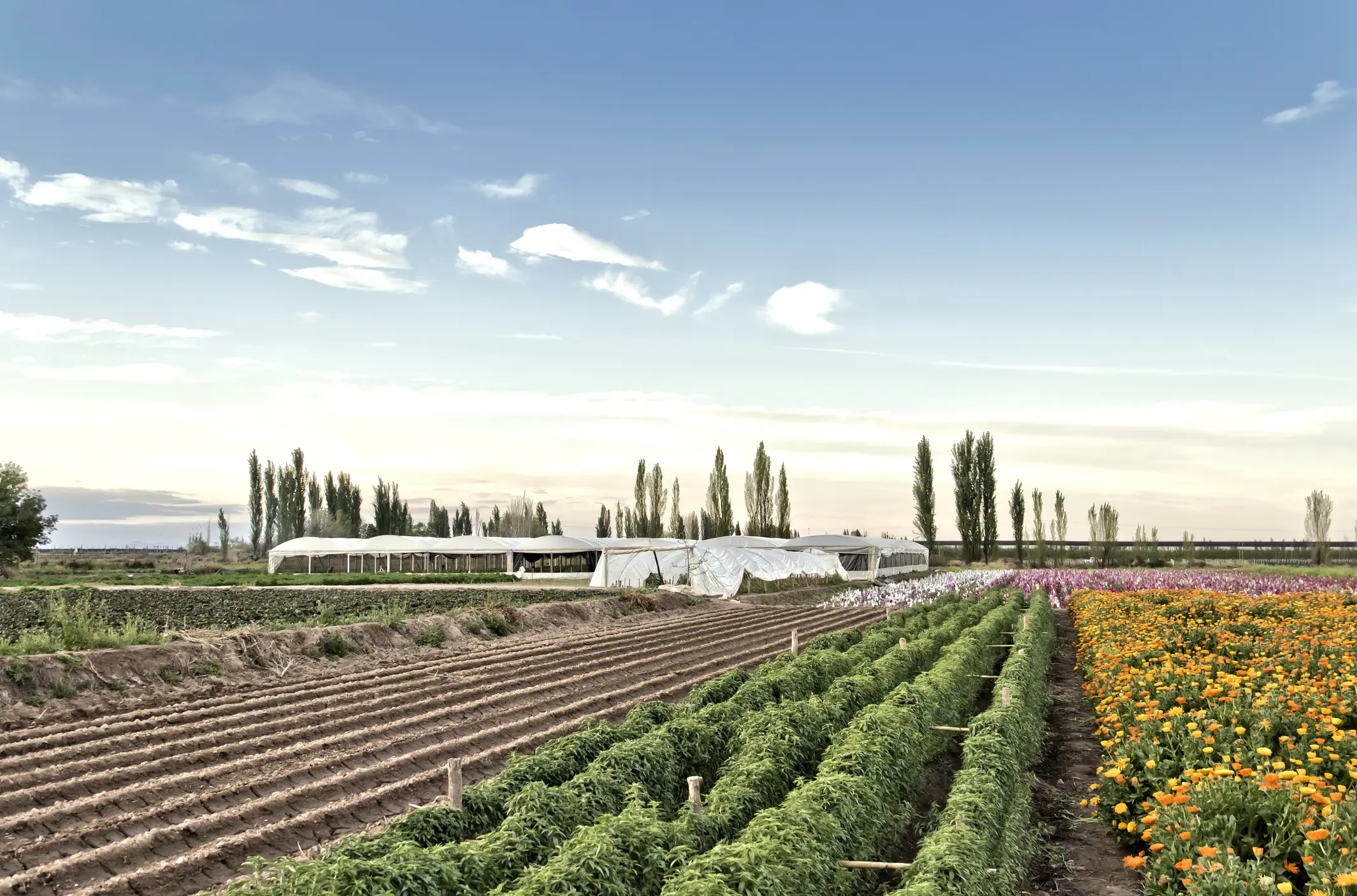
Choosing the Right Field Preparation Method for Your Farm
Choosing the right field preparation method for your farm is essential for optimizing crop yields, maintaining soil health, and ensuring sustainability. Consider factors such as soil type, crop rotation, local climate, and your sustainability goals. Tilling the field might be suitable for controlling weeds and preparing a traditional seedbed, but it can also disrupt soil structure. No-till farming preserves soil integrity and moisture, reducing erosion and improving organic matter content. Evaluate your farm's specific needs, potential challenges, and long-term objectives to determine whether tilling the field, no-till practices, or a combination of both best suits your agricultural strategy.
The Critical Role of Soil Moisture
Soil moisture plays a vital role in plant health, affecting nutrient absorption, root development, and drought resistance. Both excessive and insufficient moisture levels can negatively impact plant vitality. The no-till approach, with its superior moisture management, exemplifies its importance in sustainable agriculture.
Boosting Soil Health with Cover Crops
Employing cover crops between main planting seasons is a smart strategy to enhance soil fertility and structure. These crops contribute to erosion control, add organic matter, and assist in weed management, playing a crucial role in both tilled and no-tilled fields by improving the soil's physical and biological characteristics.
Soil Quality Assessment through Soil Testing
Soil testing emerges as a crucial practice for evaluating the nutrient profile and pH levels of soil, guiding precise nutrient management strategies to fulfill crop demands without over-application.
Enriching Soil Fertility with Amendments
The introduction of organic amendments, like compost and manure, significantly enriches soil fertility, supplying vital nutrients and ameliorating soil structure. Such practices are foundational in cultivating a healthy, nutrient-dense soil ecosystem conducive to robust plant growth.
Exploring Soil Preparation Methods
Selecting the right soil preparation technique, be it traditional tilling methods or modern no-till approaches, is a decision that should consider soil characteristics, crop needs, and environmental impacts. Tools such as rototillers present flexible options for preparing the soil, integrating amendments, and achieving the ideal seedbed.
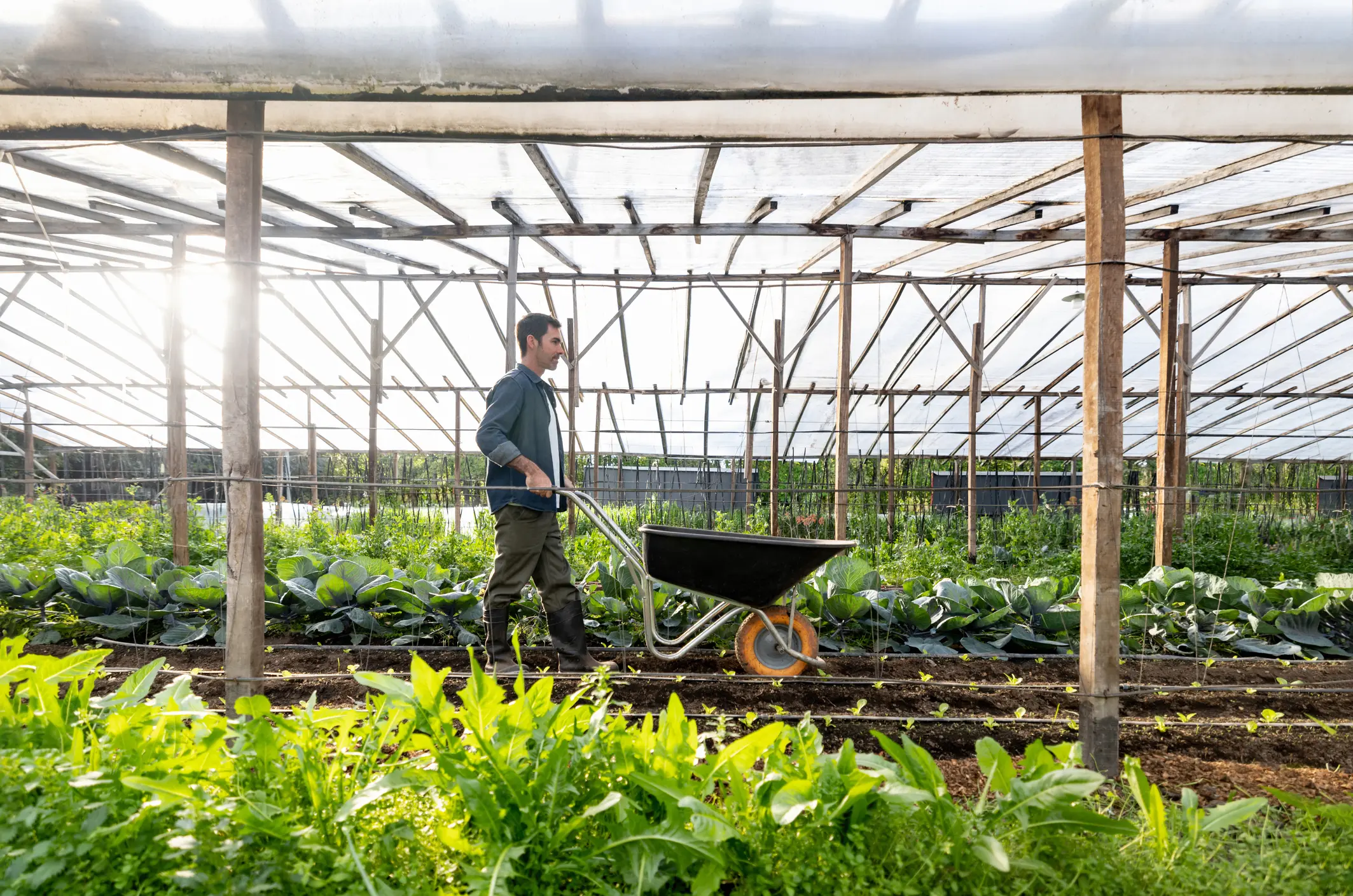
Deciding between tilling the fields and no-till farming hinges on various factors, including soil condition, crop type, and goals for environmental sustainability. While tilling offers immediate perks for seedbed prep and weed management, the enduring benefits of no-till practices for soil health, moisture preservation, and ecological harmony are compelling. Through careful evaluation of soil moisture, the inclusion of cover crops, soil testing, and the application of organic amendments, farmers can make informed choices that boost soil fertility and promote sustainable agriculture. Adopting appropriate soil preparation techniques and tools further guarantees that the field is primed for planting, setting the stage for fruitful harvests and responsible environmental stewardship.
